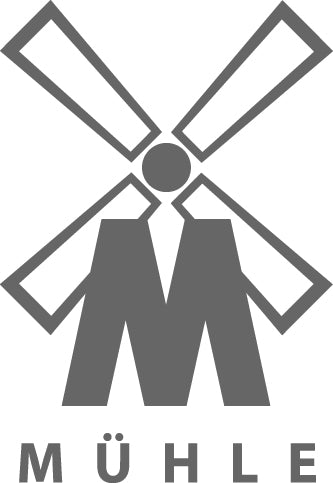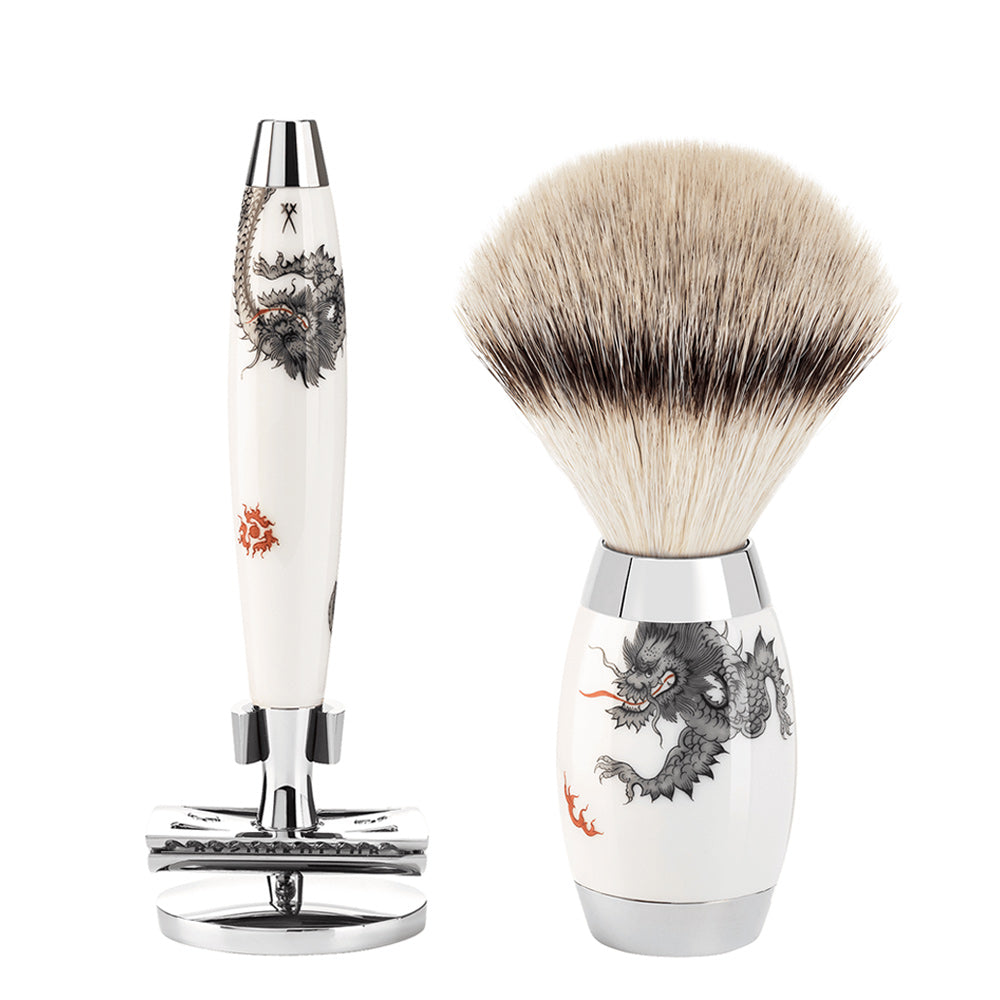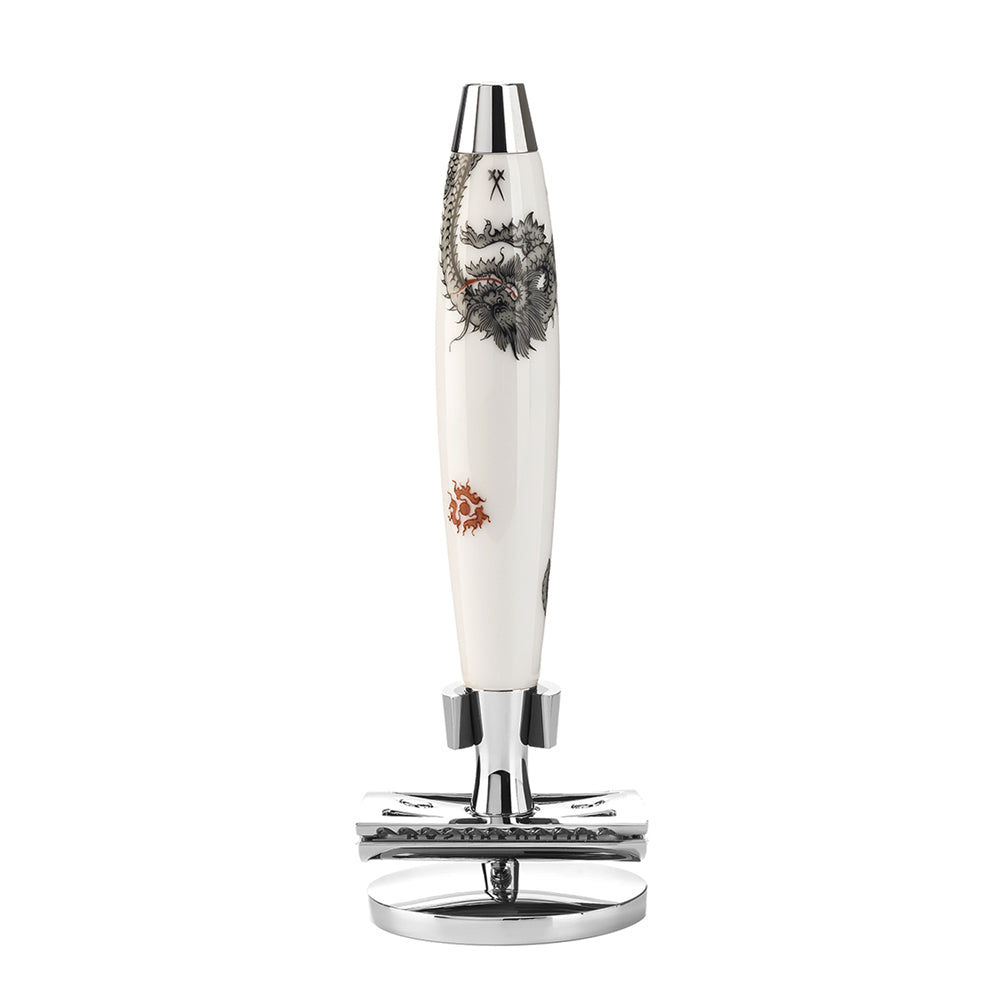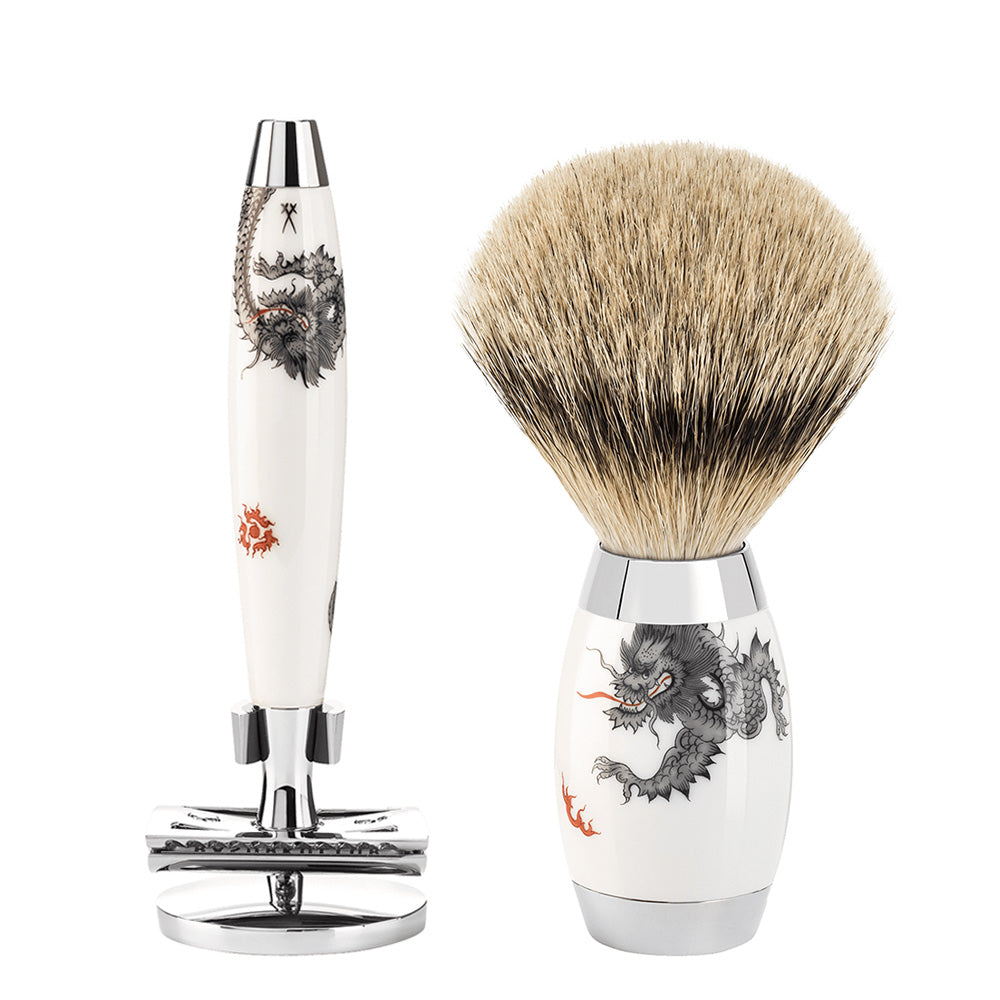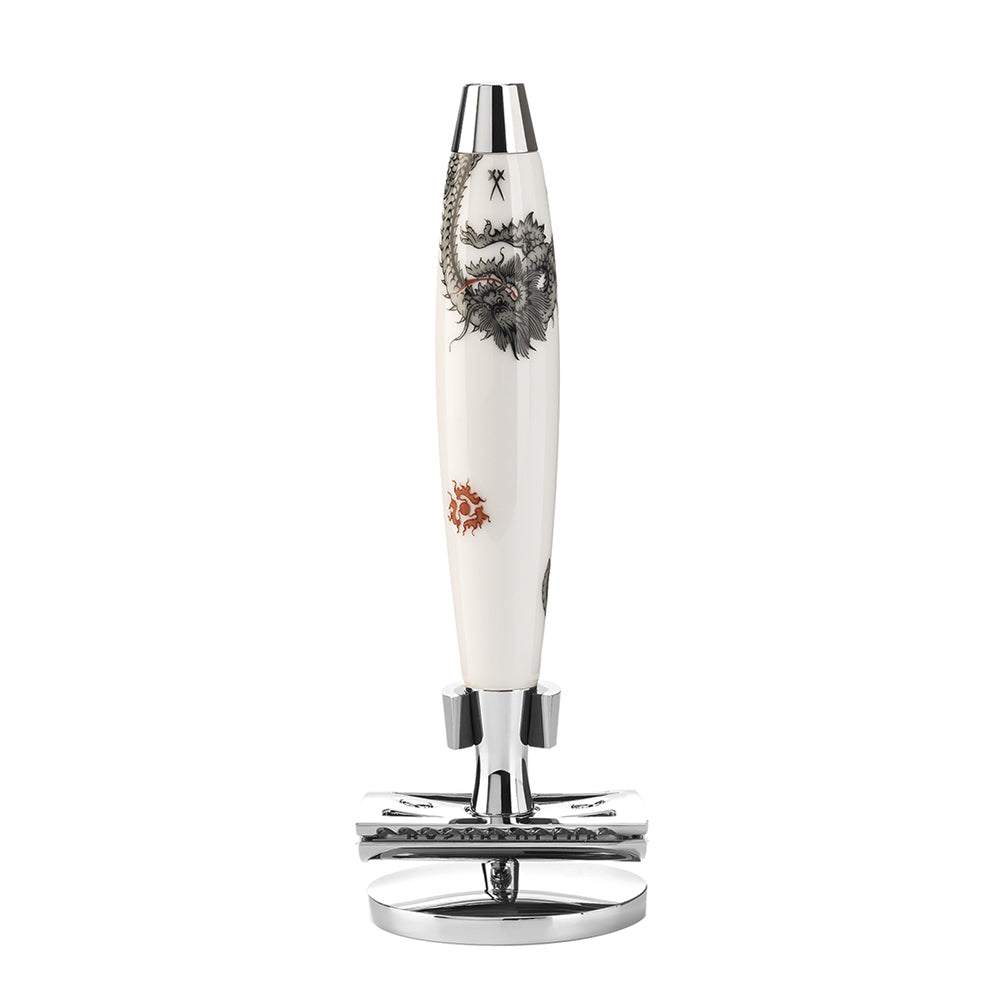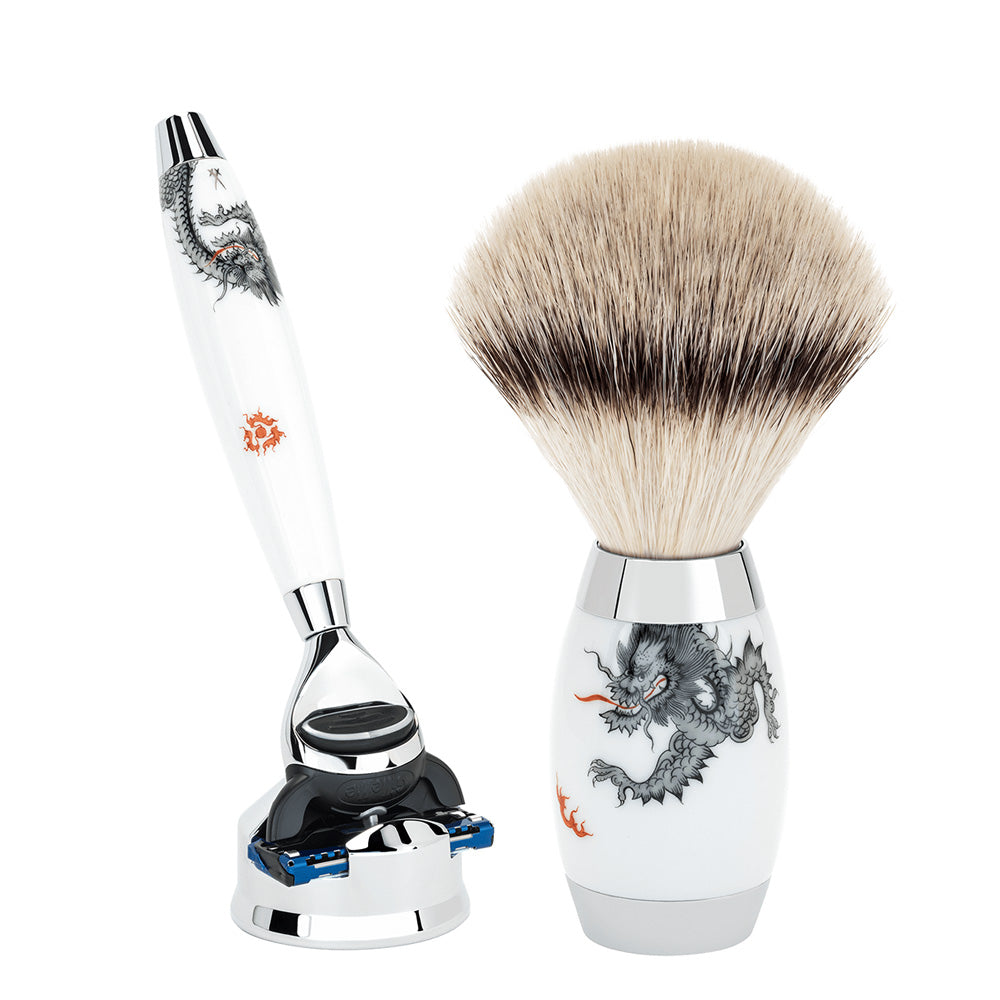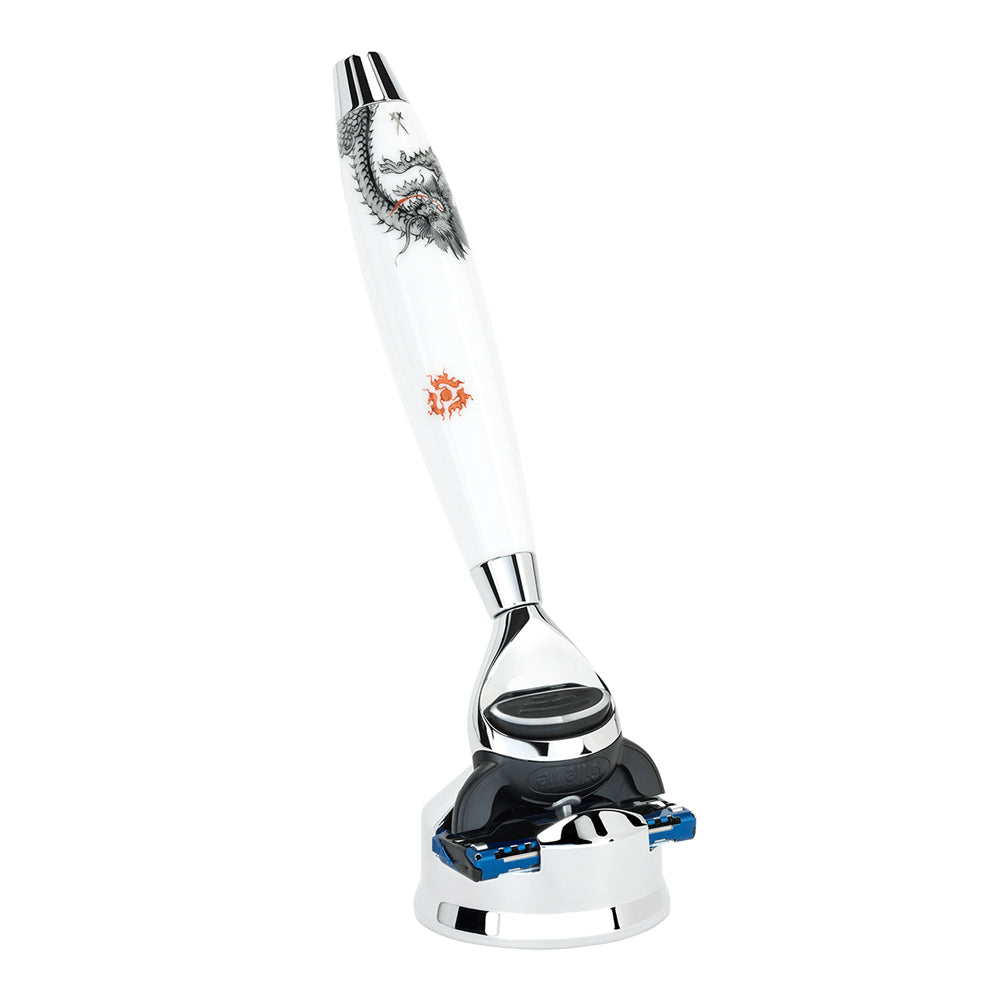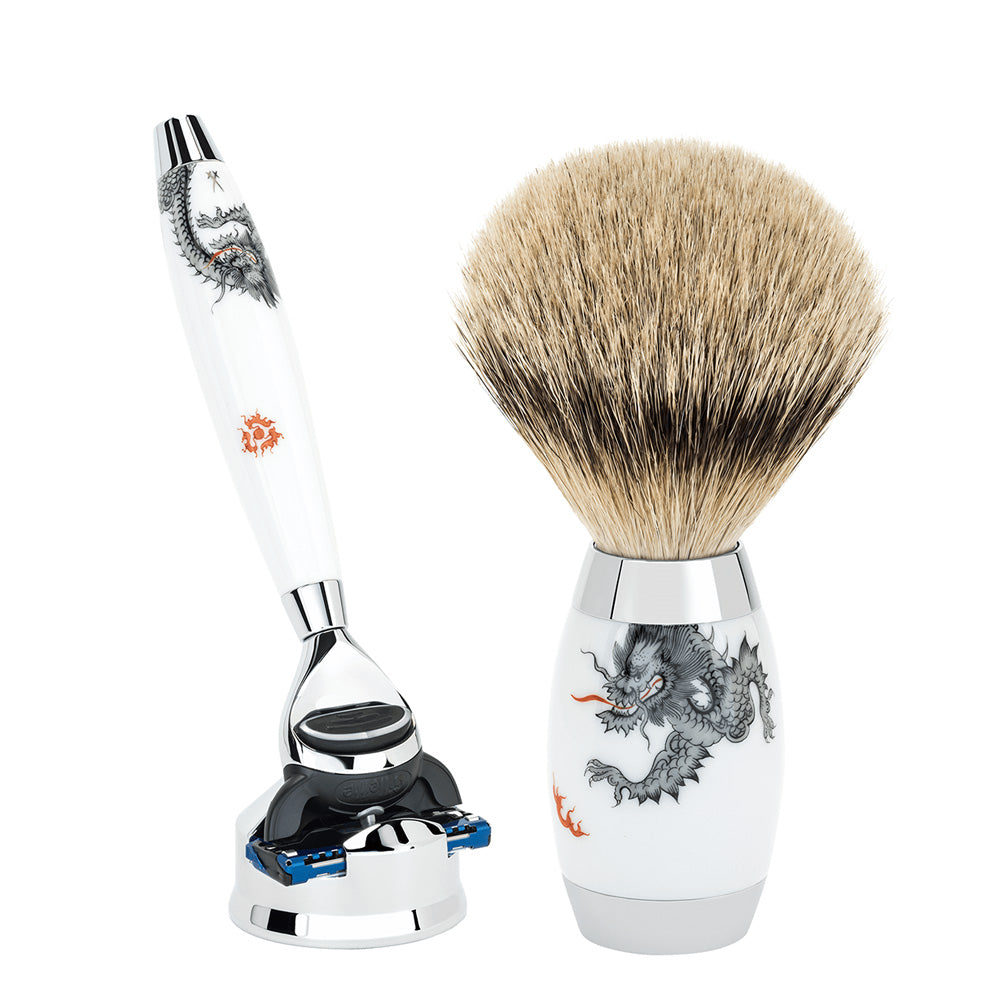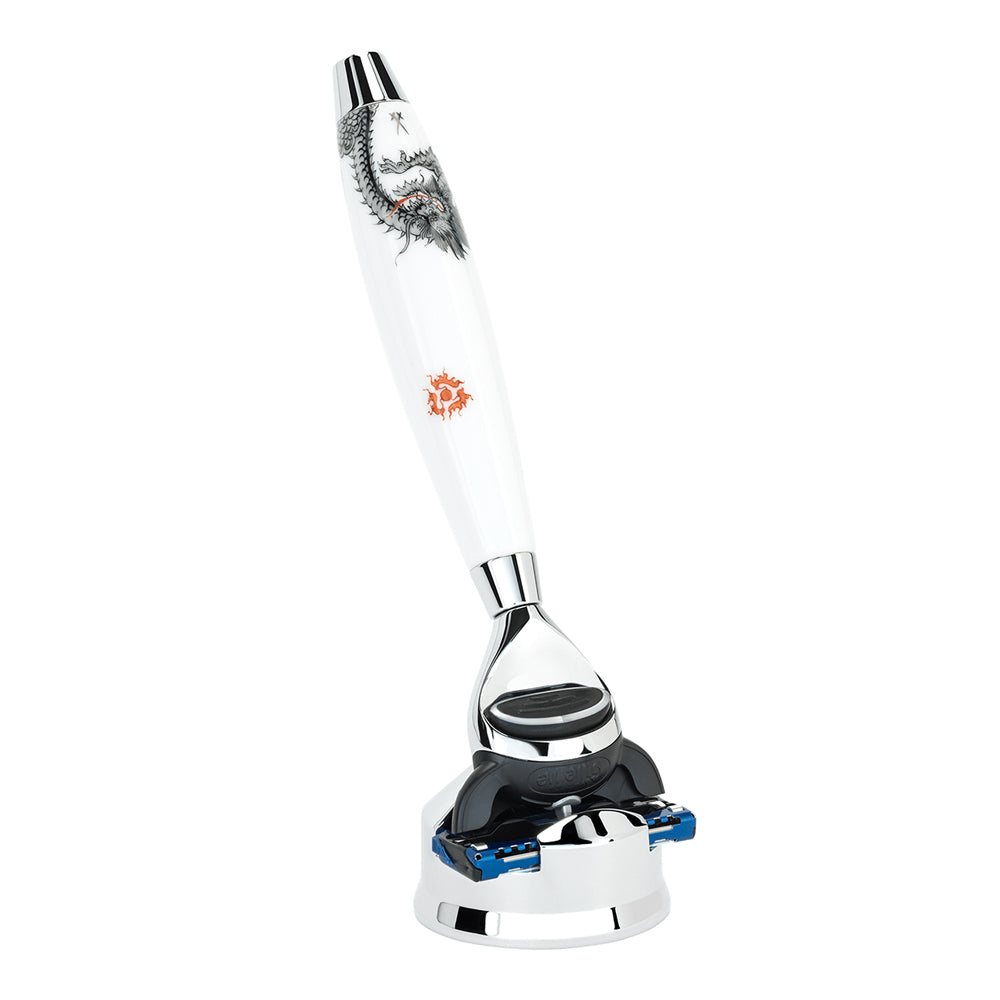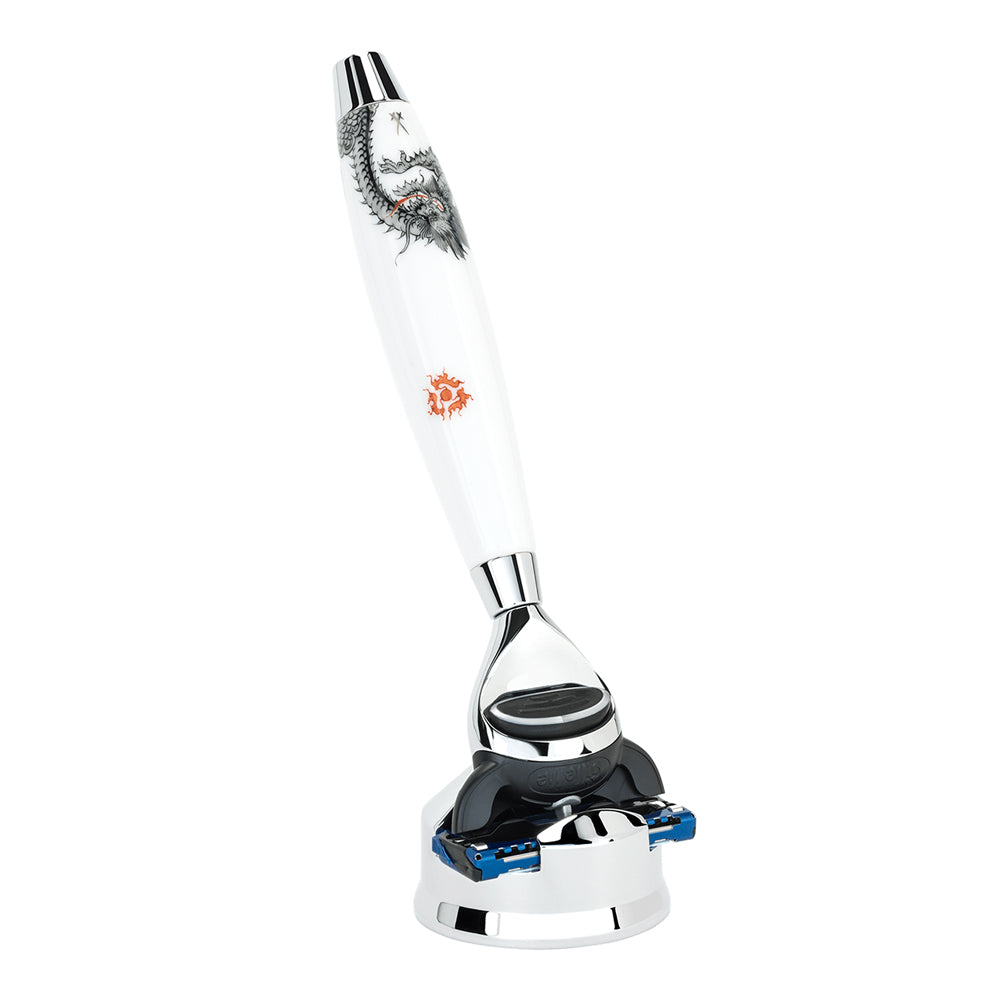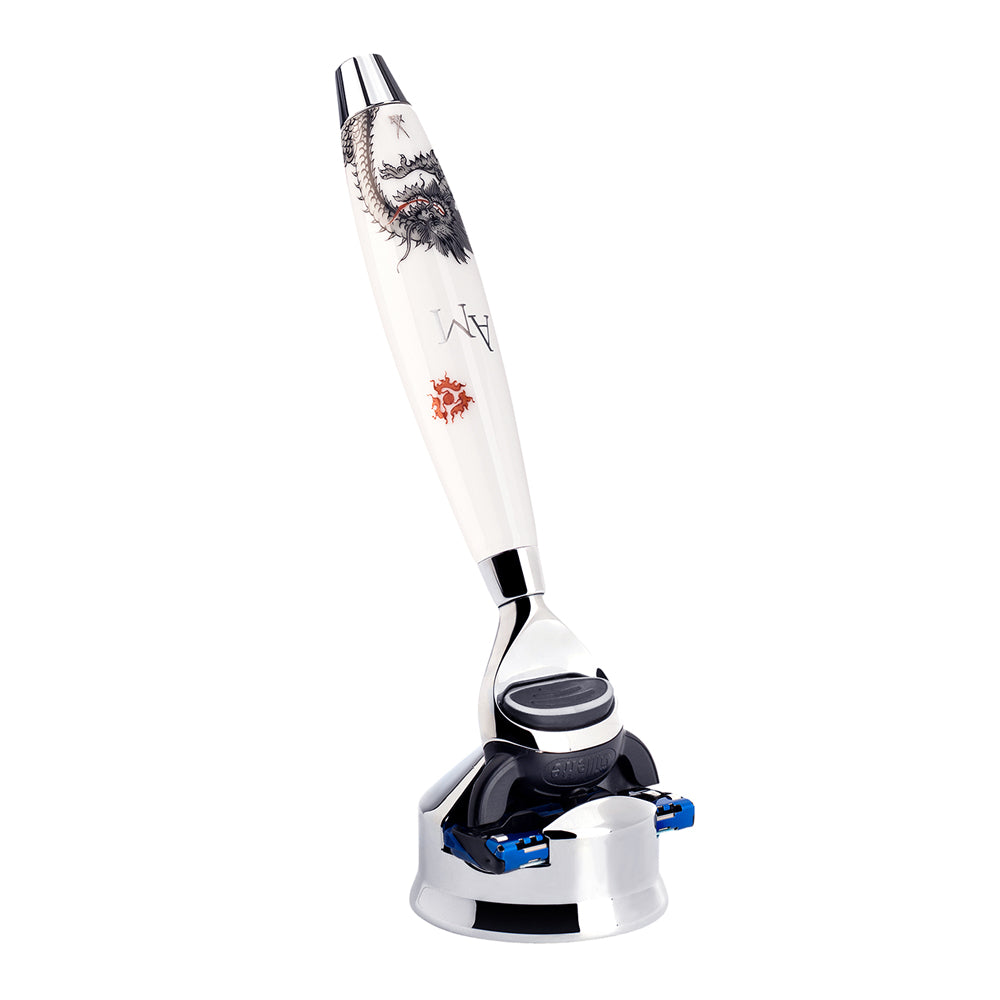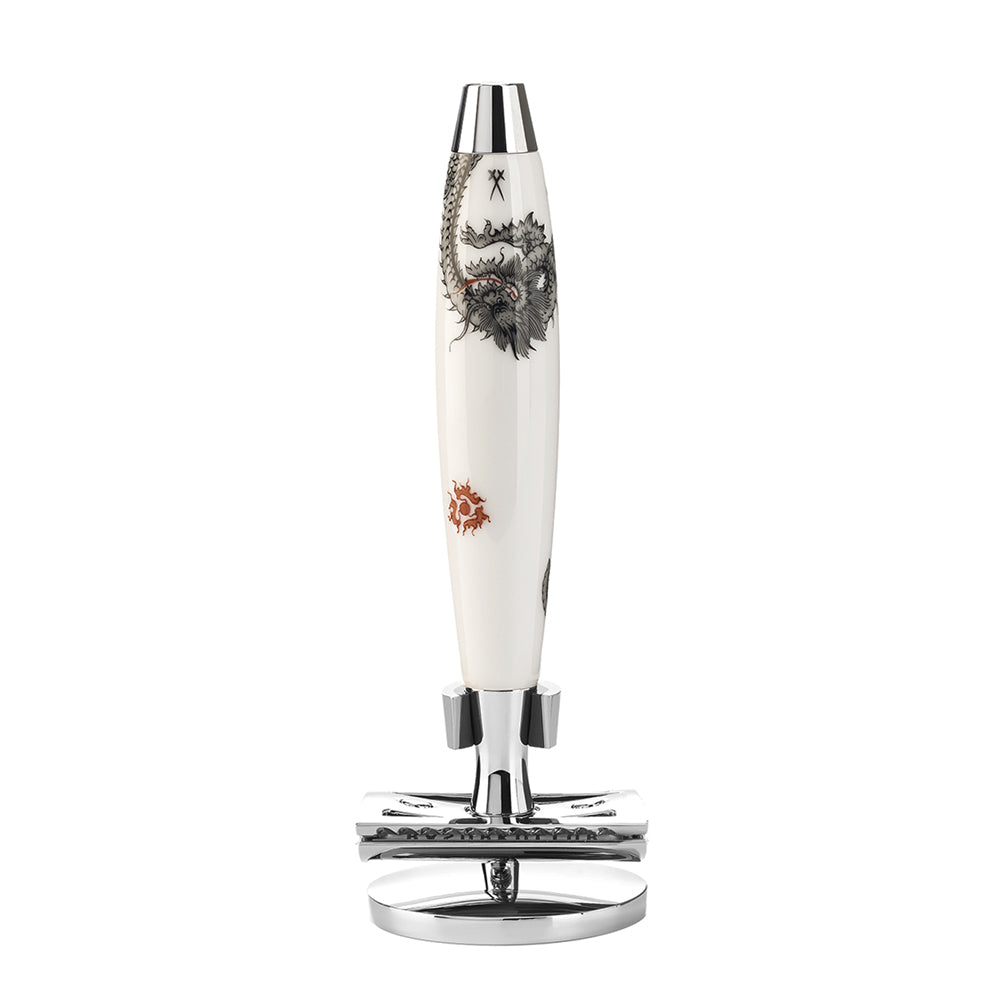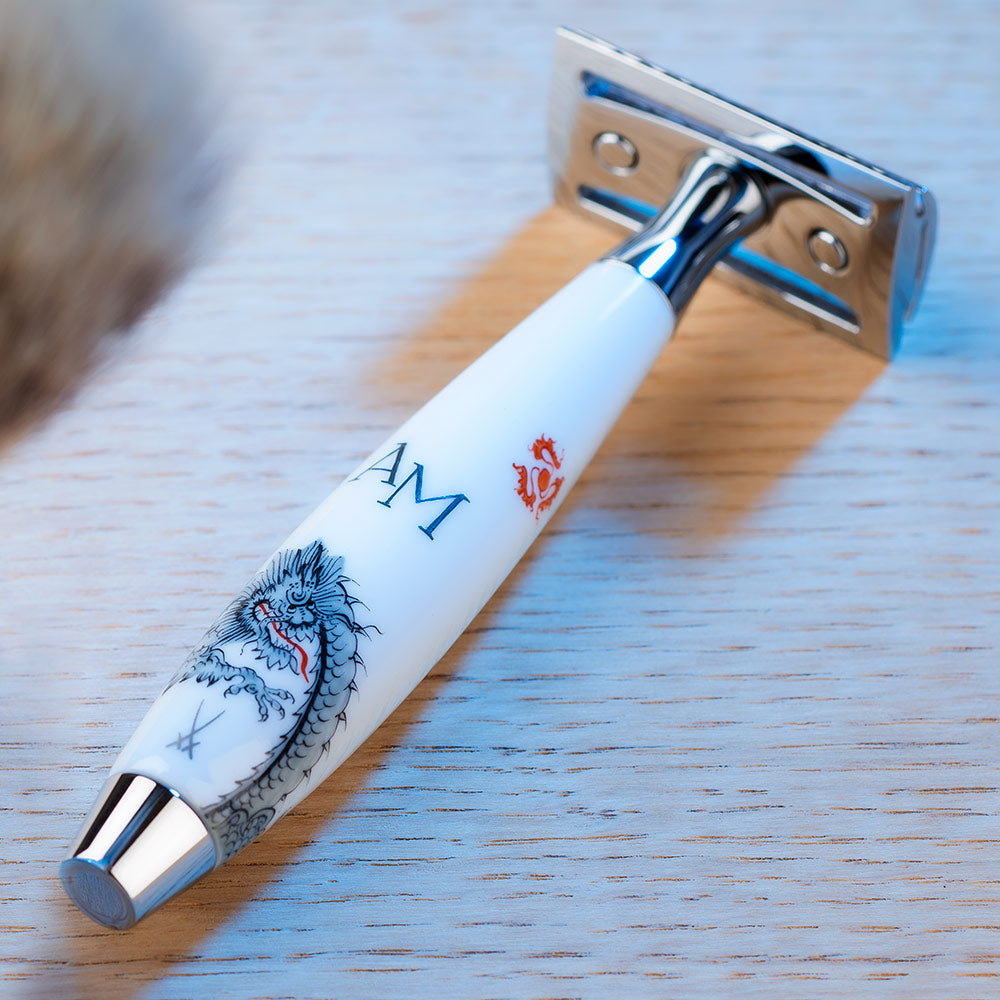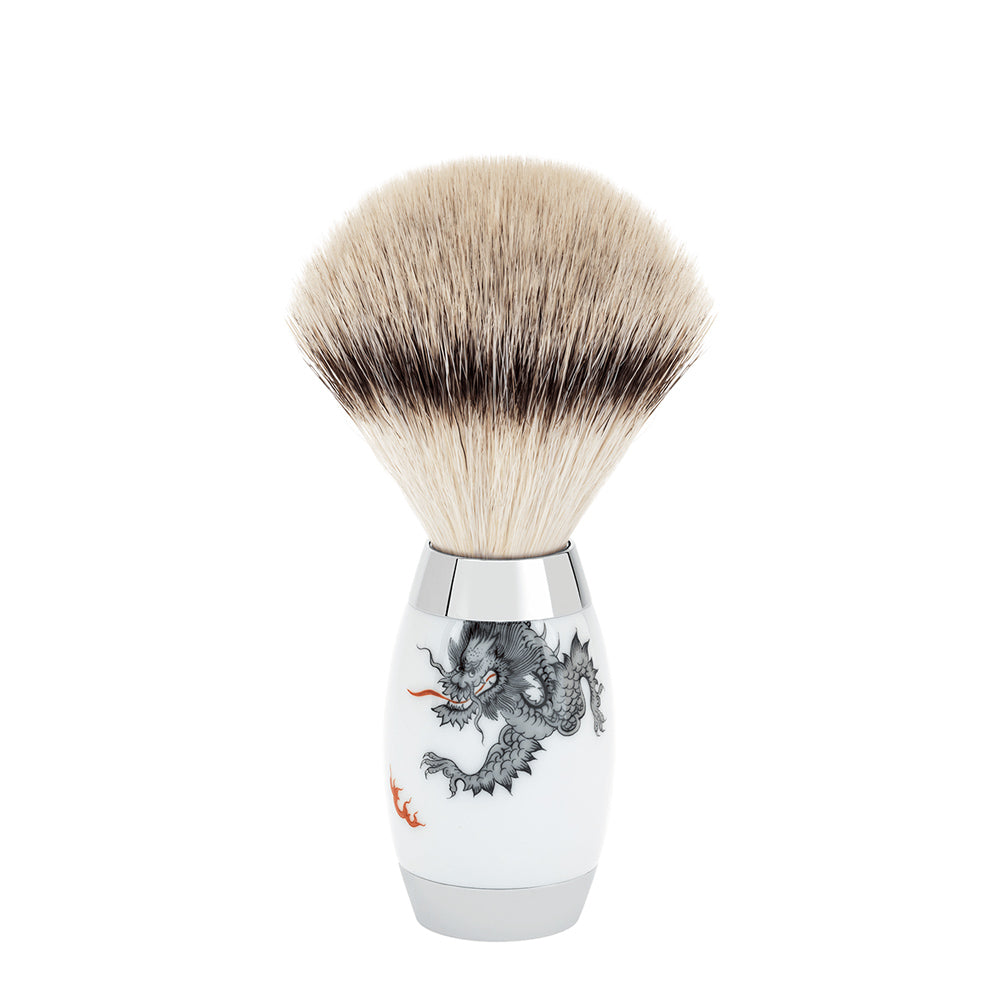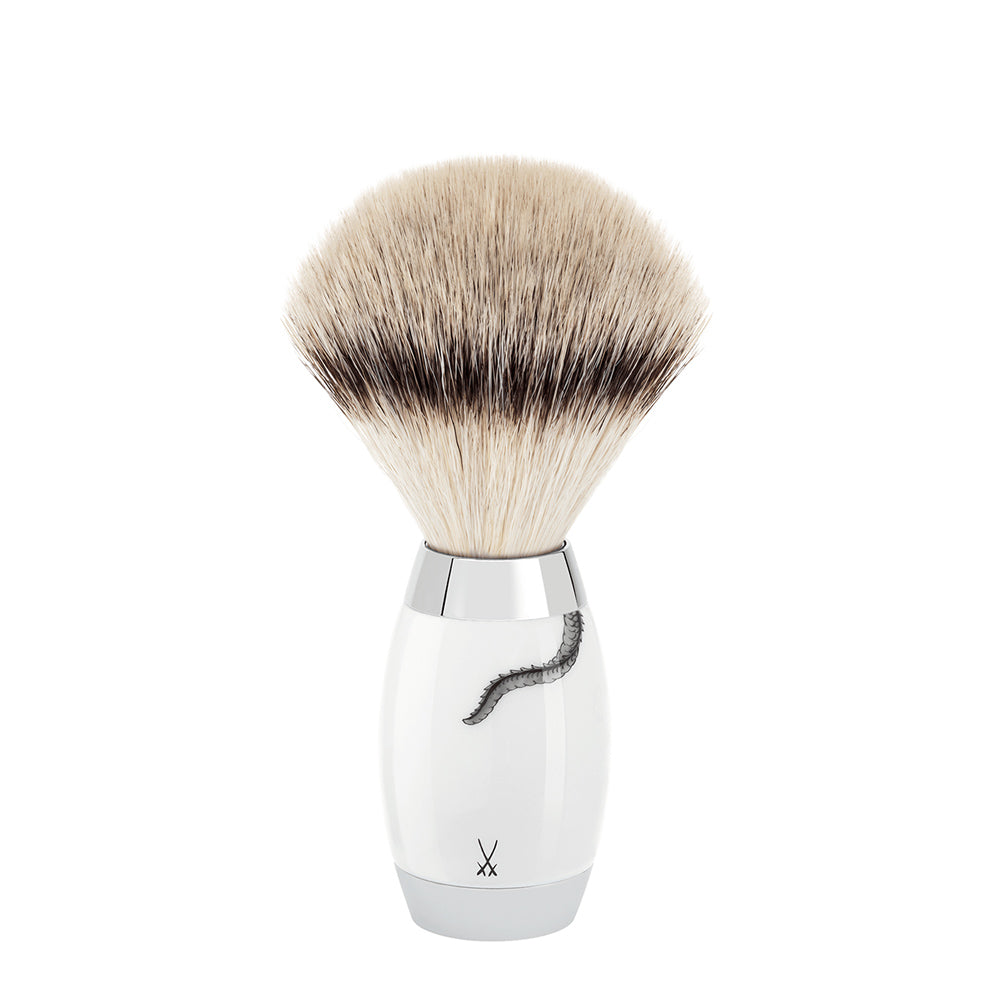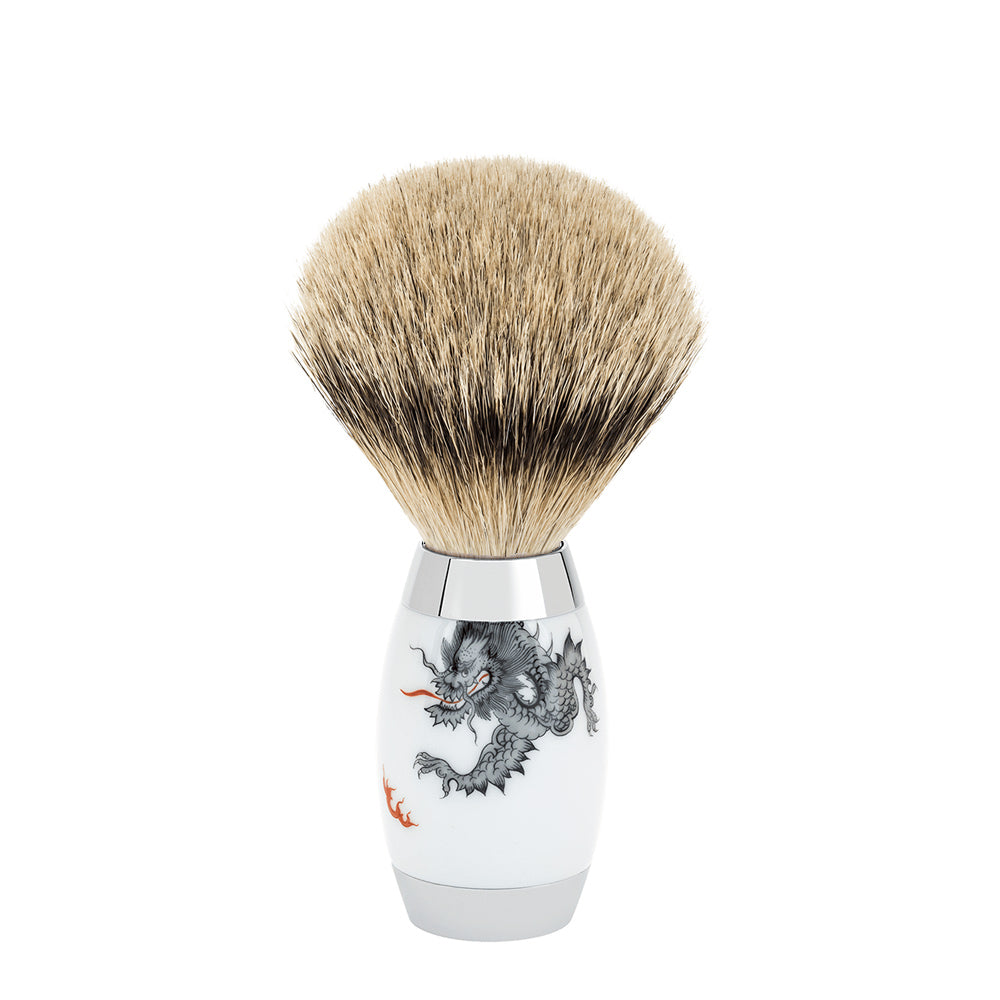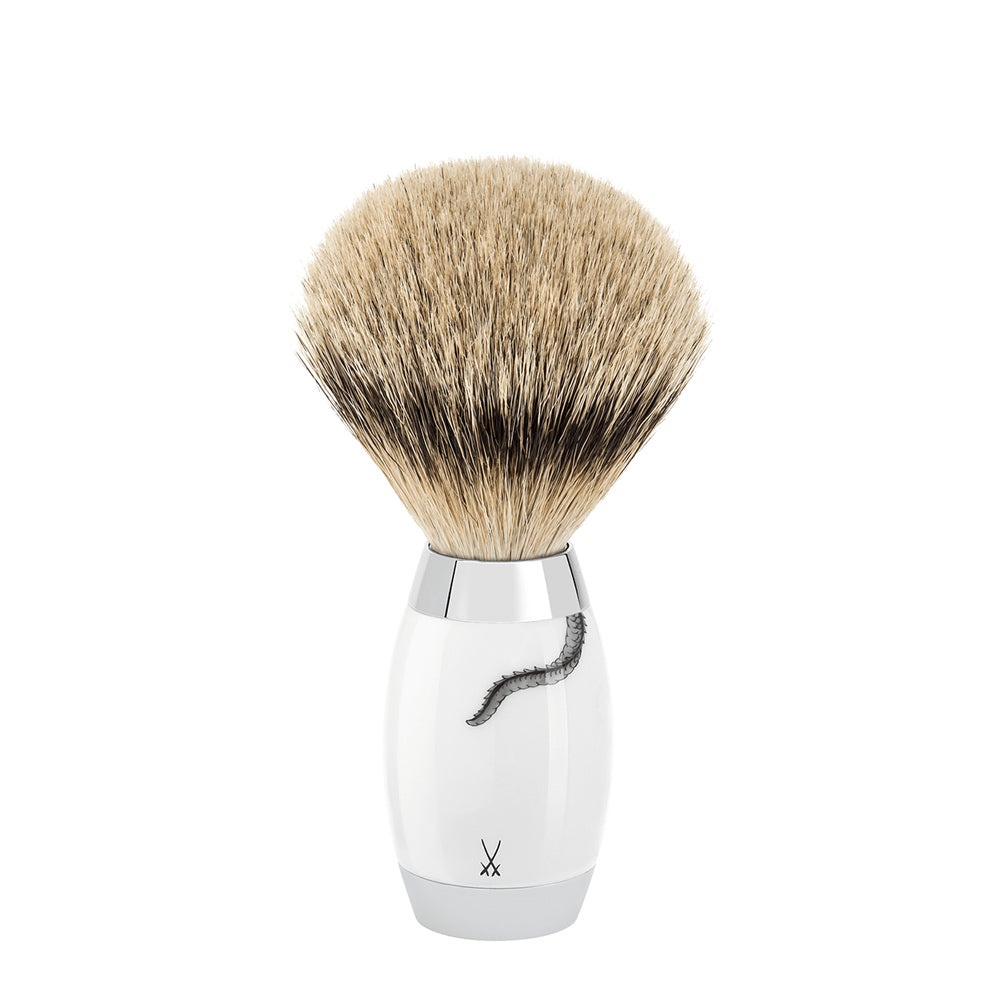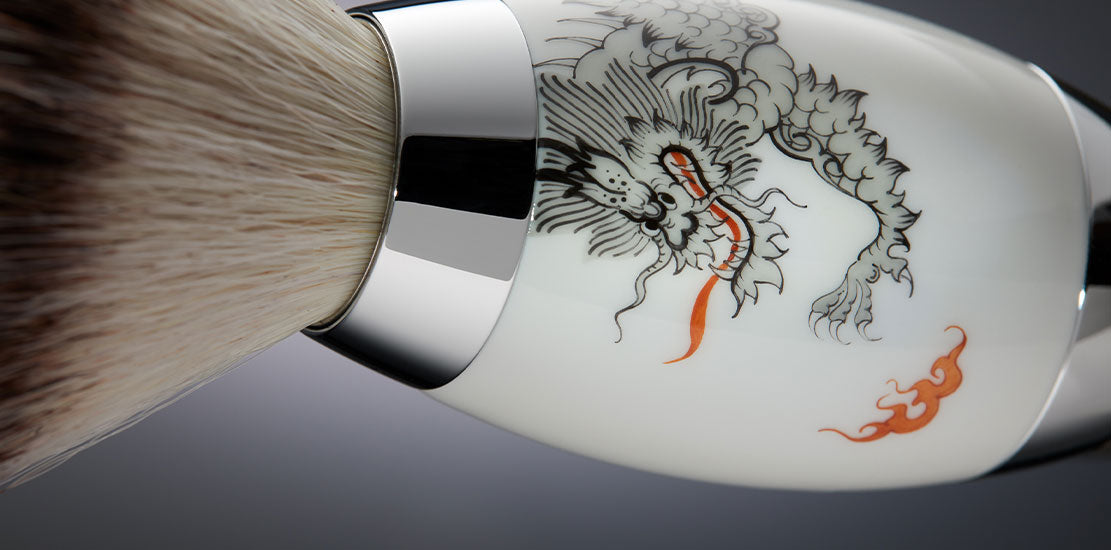
The Mythology of the Dragon
Woven in the rich tapestry of global folklore, dragons in their many forms have been inspiring awe for thousands of years. Though their presence in the human imagination and universal allure is consistent, their form and symbolic significance is incredibly varied. From Eastern serpentine majesties to the fire-breathing icons of the West, these mythical creatures can be presented as benevolent and wise or fearsome and destructive. It’s difficult to pinpoint the exact origin of dragons, however as far back as ancient Mesopotamia (around 10,000 BC) the ‘Babylonian Tiamat’ was depicted in the form of a woman and as a body of water and at one point is said to have a tail. Associated with chaos and creation, her depiction has inspired an affiliation with monsters, serpents and specifically dragons. To celebrate the Year of the Dragon, we’re taking a look at these mythical creatures across cultures.
Eastern Dragons
The roots of the Eastern dragons can be traced back to ancient Chinese mythology, revered as symbols of power, strength, and good fortune they were depicted as benevolent beings and associated with water and rainfall. Known as ‘long’ in Chinese, these creatures emerged from rivers and lakes according to legend bringing life-giving rain to the earth. Powerful and heroic, ‘long’ can overcome all obstacles and are a great protector of people and their wealth. The story of ‘The Four Dragons’ helps to explain the admiration for dragons in Chinese culture:
In ancient times, the Jade Emperor ruled over the earth. Four Dragons: Long Dragon, Black Dragon, Pearl Dragon and Yellow Dragon asked the Jade Emperor to send rain to the drought-stricken world which threatened people’s lives and safety. The Jade Emperor agreed yet never sent the rain, so the four dragons took it upon themselves to gather water from the lakes and spray it across the heavens. When the Jade Emperor discovered what the dragons had done, he had four mountains placed over the dragons so they would be trapped for all eternity. The four dragons turned themselves into rivers to flow around the mountains. These rivers became known as the Long River (Yangtze), Black Dragon (Herilongjian), the Pearl River (Zhujiang), and Yellow River (Huanghe). The four rivers flowed west to east and north to south and the four dragons were happy knowing that the people of China would never lack water again.
Similarly to Chinese dragons, Japanese dragons, known as Ryū are considered guardians of bodies of water and are portrayed as serene and peaceful. In both Chinese and Japanese folklore dragons are known to possess the ability to understand and control the elements, showcasing their deep connection with the forces of nature. Hindu mythology features dragon-like beings called Nagas, they are associated with water, power, and wisdom however they are both benevolent and malevolent. Distinctive features unite Eastern dragons across different Asian cultures, they typically possess long, serpentine bodies, adorned with scales that shimmer like precious jewels. Dragon sculptures decorate temples, palaces and public spaces in China and Japan. These sculptures capture elaborate details of dragon anatomy and often portray them in dynamic poses to symbolise their connection with the natural elements. Dragons are also commonly seen in the design of architectural elements such as roof tiles and pillars.
Above: Nine Dragons, A handscroll painting by Chinese artist Chen Rong from 1244
Synonymous with luck and prosperity especially in Chinese culture, it is believed having a dragon motif such as the one above on the MEISSEN EDITION shaving brush brings good fortune. The hand-painted dragon on the handle conveys a sense of dynamism and energy, consistent with paintings of dragons in Chinese culture. This EDITION set by MÜHLE is a collaboration with MEISSEN, a fellow heritage brand also from Saxony. The oldest porcelain manufactory in Europe, MEISSEN was founded in 1710 and has been applying elaborate handicraft designs with precision for more than 300 years. The “Ming Dragon” figure at MEISSEN is one of their oldest designs. The Ming Dynasty era (1368- 1644) in China saw the flourishing of various artistic forms such as ceramics, paintings, textiles, and architecture where dragon motifs were commonly featured. Another iconic example is Ming Dragon Jars, the elegant vase-like ceramic pieces featured intricate dragon designs and showcased the craftsmanship of Ming Dynasty potters.
Western Dragons
Unlike the benevolent and auspicious Chinese dragon, Western dragons have typically been portrayed as menacing, fire-breathing beasts. The roots of the Western dragon can be traced back to ancient Greek mythology with the story of ‘Ladon’ a serpent-like creature that guarded golden apples in the Garden of the Hersperides. The concept of dragons as malevolent and powerful also appears in other ancient cultures including Roman, Norse and Celtic mythology. This symbolism of dragons as evil and their association with chaos is often rooted in religious and cultural beliefs that malevolent forces need to be overcome and defeated. Many European dragon myths involve a hero or a knight who must undertake a perilous quest to slay the dragon and save a community or a ‘damsel in distress’. These stories champion a hero narrative, creating a formidable adversary and unique sense of danger through a powerful beast and thus a need for a courageous hero. Stories like Saint George and the Dragon contributed to the perception of dragons as adversaries of good and agents of evil. There are many versions of The Legend of St. George and the Dragon, but here is one summary:
St George travelled for many months by land ,and sea until he came to Silene in Libya, which was plagued by a venom-spewing dragon dwelling in a nearby lake and poisoning the countryside. To appease the dragon and prevent it from attacking the town the people had to sacrifice their livestock. However, as time passed the dragon demanded more sacrifices including men, youths and children chosen by lottery. When the king’s daughter is chosen, he offers gold and silver to have his daughter spared but the people refused. The daughter is sent out to the lake dressed as a bride to be fed to the dragon. Hearing of the princess’s plight St George mounts his horse armed with a lance. The dragon spews fire and venom but St George skilfully defends himself and fatally pierces the dragon with his lance. St George rescues the princess, returning her safely to her grateful father. Her rescue is symbolic of triumph of virtue over adversity.

Earliest known depictions of the dragon slaying story come from 10th or 11th Century Cappadocia and Georgia
Western dragons tend to be depicted as large and powerful, they often stand on four legs and have reptilian features such as scales or tough, armoured skin that is impenetrable. Portrayed as the ‘ultimate predator’ they can have sharp claws and teeth, fiery breath, long tails with barbed tips that they use as a weapon and wings enabling them to fly. They tap into a primal fear of the unknown and represent mysterious and threatening forces that human beings must confront and conquer. Many dragons, such as ‘draca’ in Beowulf guard valuable treasure, this menacing portrayal may emphasize the danger intruders face when attempting to acquire these treasures. Dragon stories are of course a common theme in European literature and art and have changed over time. More recently we’ve seen the ‘domestication’ of dragons where they are ‘tamed’, George R.R. Martin’s Game of Thrones is an example of this and of course the popular children’s novels and films, ‘How to Tame Your Dragon’ by Cressida Cowell.
In conclusion we’ll leave you with a quote by trailblazing, sci-fi master Ursula K. Le Guin, “People who deny the existence of dragons are often eaten by dragons. From within.” A Ming Dragon razor and brush would be a powerful amulet (just saying).
Shop MEISSEN Series

